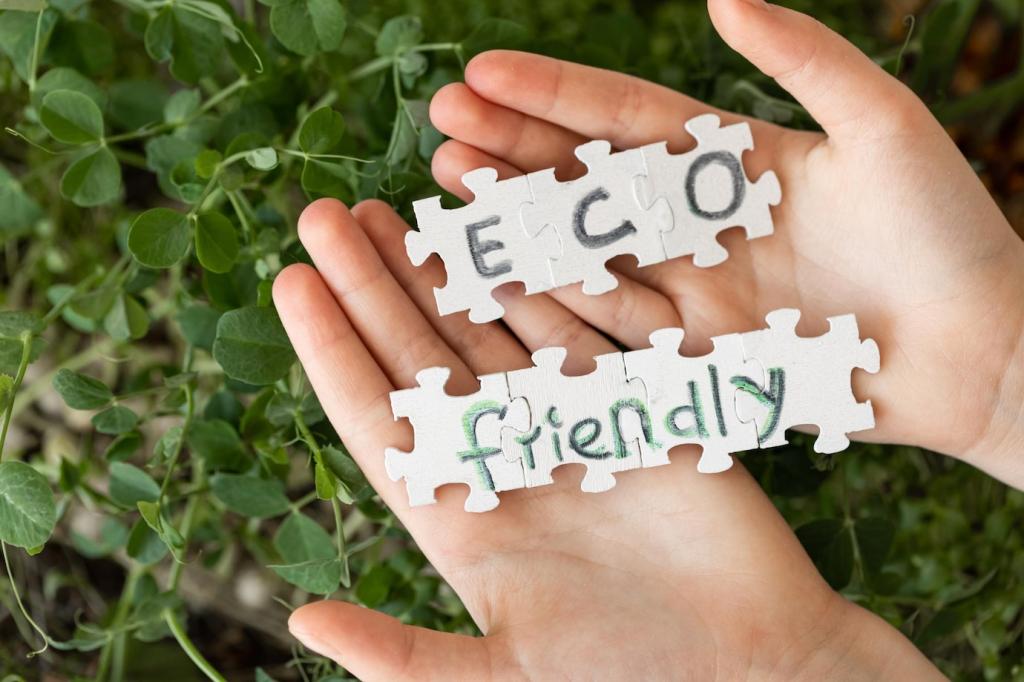Sustainable Storytelling Techniques: Narratives That Endure With Lighter Footprints
Chosen theme: Sustainable Storytelling Techniques. Welcome to a creative space where compelling stories meet conscious craft. We’ll explore ways to reduce waste, extend narrative lifespan, honor communities, and cut digital carbon without losing emotional spark. Subscribe, share your own approaches, and help us build a community of storytellers who create impact that lasts.


Foundations of Sustainable Storytelling
Sustainable storytelling balances ecological, social, and economic considerations throughout the narrative lifecycle. It asks us to minimize resource use, respect communities, and design for longevity. Think beyond a single campaign toward narratives that continue delivering value, insight, and empathy long after their launch day.
Foundations of Sustainable Storytelling
Stories become sustainable when they are truly useful to clearly defined audiences and designed to age well. By identifying informational needs and emotional arcs that persist, you create evergreen assets. This approach reduces churn, saves budgets, and ensures your work remains relevant without constant reinvention.
Low-Carbon Content Production
Lightweight Formats and Performance
Prefer text and illustration when video is not necessary, and compress media aggressively. Use modern image formats, vector graphics, and lazy loading to keep pages nimble. A coastal nonprofit replaced a heavy video with an illustrated scrollytelling piece and cut page weight by 82% while improving completion rates significantly.
Efficient Workflows That Avoid Rework
Batch interviews, script tightly, and capture locally to minimize travel and reshoots. Create clear shot lists, run pre-interview briefs, and align on outcomes before production. By frontloading clarity, teams prevent wasteful iterations, conserve energy and budget, and protect contributor time and goodwill.
Green Hosting and Impact Measurement
Select hosts with renewable energy commitments and monitor page weight, request counts, and estimated emissions. Tools like performance budgets and carbon estimators help you track progress. Share your metrics with your audience, inviting accountability and collective learning that continually refines your sustainability goals.



Inclusive and Accessible Story Design
Write at an accessible reading level without diluting nuance. Consider translation, community glossaries, and context notes that bridge cultural gaps. When more people can understand and share your story, it endures longer, requiring fewer rebuilds and creating lasting connections across diverse audiences.


Inclusive and Accessible Story Design
Caption videos, provide transcripts, and use semantic structure so content remains searchable and adaptable. Accessibility increases discoverability over time, improving SEO and future-proofing formats. It also respects the varied ways audiences engage, ensuring your story lives on as technologies and preferences change.



Measuring Impact and Iterating Responsibly
Favor time well spent, completion rates, saves, and qualitative feedback over raw impressions. Track avoided rework, reduced travel, and lower page weight to quantify sustainability. These signals reflect meaningful resonance and real-world efficiency, steering your team toward smarter creative decisions.
Measuring Impact and Iterating Responsibly
Use Theory of Change or outcome harvesting to document how narratives contribute to awareness, attitudes, and behaviors. Align indicators with community goals and ethical commitments. This discipline clarifies why the story exists, how to improve it, and where to invest for compounding impact.


